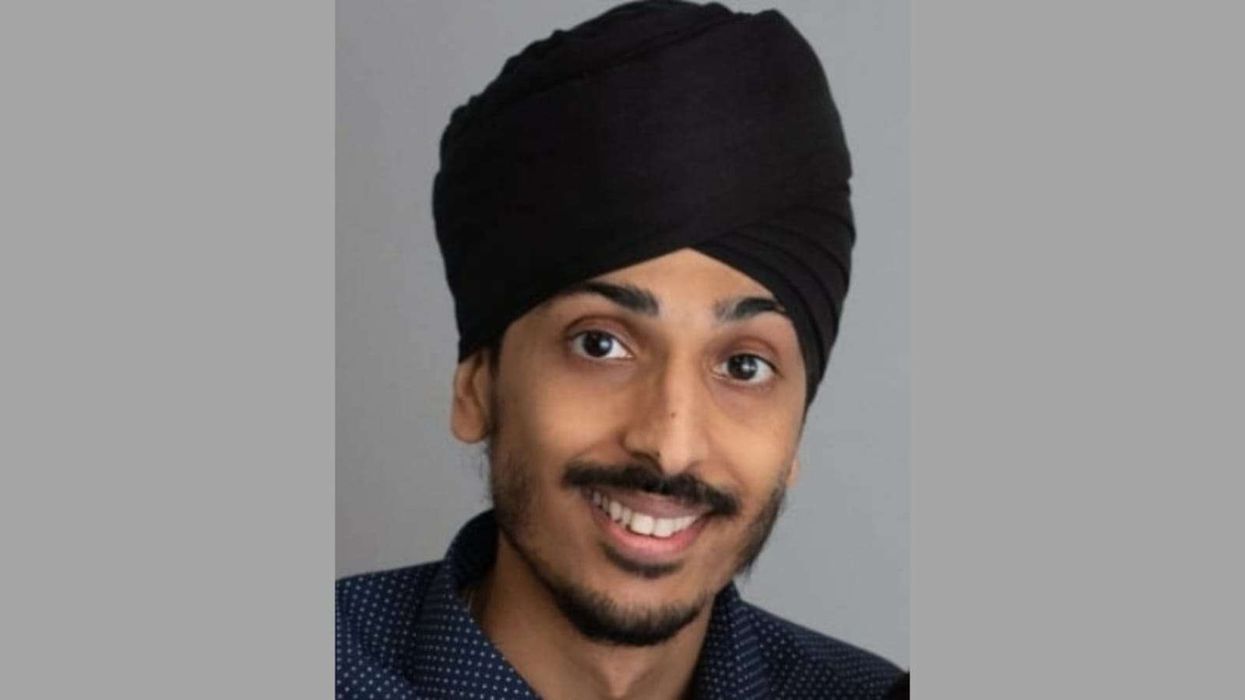Plans for a public stem cell bank in India could help Asians in Britain suffering from leukaemia and other diseases, doctors claim.
Dr Himanshu Katatiya, global business director at Indu Stem Cell in India, told Eastern Eye how a public cell bank could considerably improve the chance of UK Asians finding the donor they need.
Dr Katatiya explained how although there are public stem facilities in Britain, collecting samples from five different sites in London, the number of Asian stem cells in that public bank are much lower compared to what it would be in India.
“The match is always going to come from genetics and will be ethnic-related. That’s why a UK based patient that develops leukaemia would need stem cells from another similar ethic origin; i.e, if they are from Gujarat, they need a Gujarati donor.
“Gujarati donors in the public stem cell system in the UK would be very small, and the match would not be found. Whereas a public stem cell bank in India, once it is operational, would provide access to samples with a much higher chance of having a match,” he said.
Dr Vijay Shah, medical director of Indu Stem Cell, said the Indian cell bank only collects from families who pay for the service.
“Stem cells are something we collect at delivery, so there is a cord between the child and the mother. We collect the blood from them from which we collect the stem cells. Those stem cells are preserved for a period of 21 years or even longer if required [privately paid for by families]
“These stem cells can be used for 80-plus diseases which otherwise would not have treatment. The most common would be blood cancers, such as leukaemia,” explained Dr Shah.
“The project that we have in mind is we want to make a public bank, so people donate their stem cells and those that need stem cells can approach us.”
Dr Shah and Dr Katariya were recently in the UK looking to secure funding and partners to move forward their plans to develop a public stem cell bank in their Indian facility which has been in operation in Vadodara, Gujarat, since 2015.
“Every day there are 70,000 babies born [in India] and only 100 or 200 people must be having a family [stem cell] banking. What happens to the rest? You throw it out; it’s just a waste. Nobody is collecting it. We can collect it but we need a fund for that,” said Shah.
Indu Stem Cell Bank gained its FDA license to be able to collect, preserve and store stem cells in 2014. The Indian Council of Medical Research (ICMR) is the other relevant statutory body which govern the stem cell therapy hospital (but not the bank), so they decide which hospital is eligible to transplant, and Indu provides them with the material.
If Indu does gets the funding, it needs to have an operational public bank (it is getting some help from the Indian government); the next goal would be to get 10,000 samples to join the International registry.
Dr Shah said that joining the international registry would mean patients in the UK would not even have to request it, because the NHS could directly make contact if finding a stem cell match in the bank and would pay for it also.
Penny Richardson, media and PR manager for NHS blood and transplant, explained the current system that is operation for UK stem cell patients and international collaboration.
“Currently there is a worldwide network of stem cell cord blood registries. In the UK, there is a NHS cord blood bank. If patients need a stem cell transplant, the first thing that happens is their doctor will ask Anthony Nolan (a charity which coordinates stem cell transplantation in the UK) to search the UK registries,” she said.
“If they are not successful for finding a match, they will search the international registries. If they find a cord blood unit internationally, they will reserve that cord blood unit, carry out final tests to make sure it is exactly right for the patient.
“Arrangements will then be made by Anthony Nolan to import that unit on behalf of the hospital. Anthony Nolan will pay for the import and the hospital reimburses them.”











